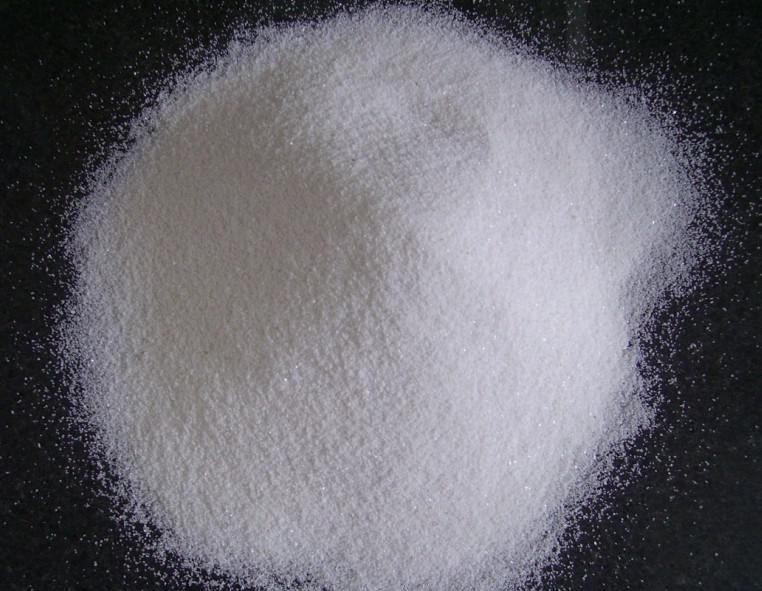The sintering of dolomite sand (snowflake white) is very difficult, and the sintering temperature of pure dolomite is very high (1900-2000 ℃). The three main reasons for sintering are difficult to sintering: Cao and Mao are both high melting point oxides, and they can not be sintered to high density at low temperature. Secondly, at the usual sintering temperature, there are no MgO and Cao compounds in the MgO Cao system, and the solid solution of Cao and MgO is very limited, and the diffusion coefficient of Ca2 in MgO and Mg2 is very small, and it is impossible to diffuse through solid phase under 1900 ℃. The mixture of Cao and MgO is densified; Third, it is calcined to form a agglomerated structure. The sintering theory shows that it is impossible to sintering agglomerated blocks only by solid diffusion.
The dense snowflake white is very important for its hydration resistance and slag resistance of carbon refractory. In order to promote its sintering and preparing other products, many measures have been taken, which can be summarized into three categories: one is to use ultra high temperature sintering at 1900-2000 ℃; Second, sintering at super high temperature is adopted. The other is to use the combustion and hydration of light to divide the calcination process into two steps for reburning; The third is to use additives to promote sintering. Due to the limitation of equipment conditions, the application of the former measure is affected to some extent. Which sintering process is used depends on the characteristics of its raw materials and the requirements for its sand. The size of the crystal will affect the sintering process, but its particle size has a major influence on sintering.
1. Two-step calcination
Two-step calcination is a common process for producing high purity and high density magnesium oxide. For it, two-step calcination is also very effective in reducing its sintering temperature and increasing the density of its sand accumulation, as shown in table 3-5-6.
2. Comparison of sintering process
The snow white is decomposed into Cao and MgO after slight combustion at about 1000 ℃. The specific surface area of the material increases and there are many lattice defects, which increases the driving force of sintering.. However, the light burned one still retains the original parent salt its particle form (i.e. aggregates), which has loose structure and contains many holes. There are two types of pores in the light dolomite. One is a small hole (radius is 0.01-0.08pm), surrounded by MgO and CaO particles in the aggregate, and the other is a large hole (radius is 0.08-4.0 μ m)。 The pores hinder its sintering, so it is necessary to try to destroy the agglomerates. The fine grinding and hydration of the light burning can destroy the agglomerates effectively and make it easy to sintering. This is the reason why the two-step calcination process can reduce the sintering temperature.

 中文(簡體)
中文(簡體) 


 scan
scan